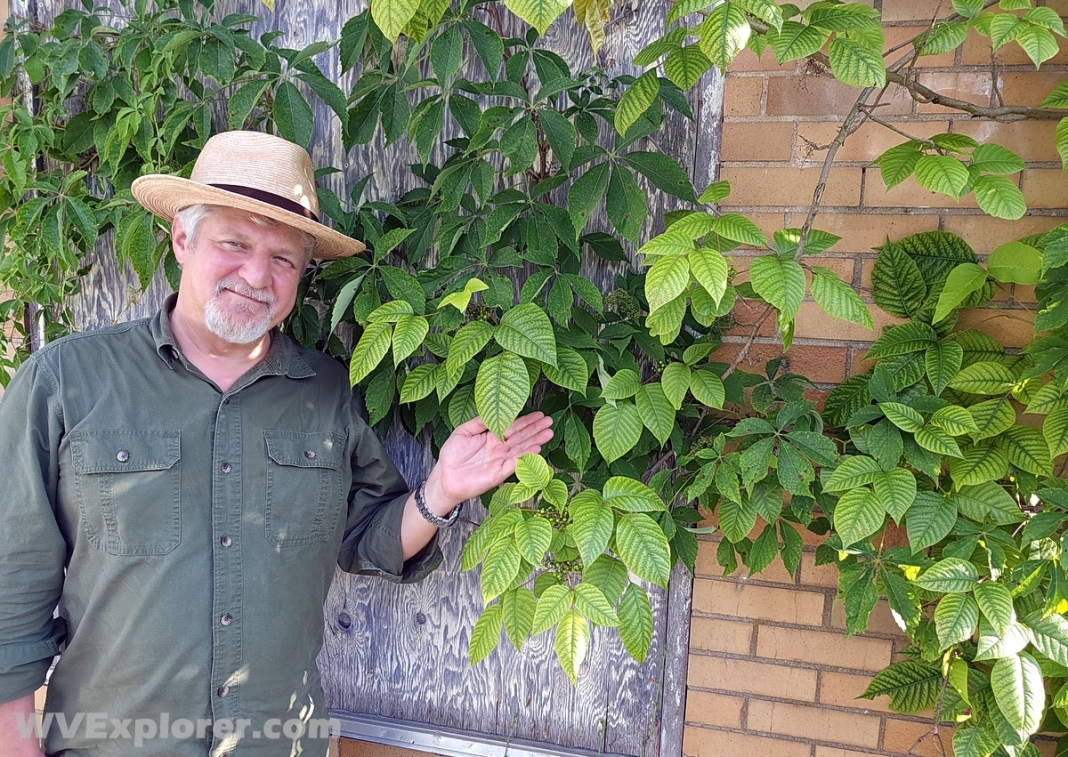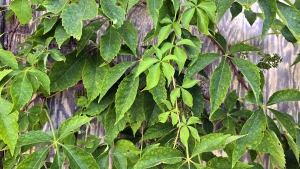CHARLESTON, W.Va. — Poison ivy is more than just a notorious plant and a source of good stories in West Virginia. It’s a leading cause of itchy, blistering rashes for hikers, gardeners, and outdoor workers.
As the warm months usher in prime growing conditions for this infamous vine, Mountain State visitors are encouraged to learn how to identify poison ivy. State residents can also take safe and practical steps to remove it from their yards when necessary.
Poison ivy thrives in West Virginia’s climate
West Virginia’s humid summers and wooded landscapes create an ideal habitat for Toxicodendron radicans, commonly known as Eastern poison ivy. This adaptable plant, common across Asia and North America, can grow as a low ground cover, a shrubby bush, or a climbing vine that wraps around trees, fences, and utility poles.
While poison ivy plays a minor role in local ecosystems — providing food for certain birds — its oily sap, called urushiol, is a significant irritant to humans. According to the West Virginia University Extension Service, even a brief brush against poison ivy can cause an itchy rash in about 85% of people.
For many in West Virginia, poison ivy is simply a fact of life, but understanding how to spot it can prevent a lot of misery.
How to Identify Poison Ivy in West Virginia

The old saying, “Leaves of three, let it be,” remains the best advice for recognizing poison ivy. Here’s what to look for when you’re out in the yard or on the trail:
Leaf Arrangement: Poison ivy always has compound leaves with three leaflets. The side leaflets grow opposite each other, and the center leaflet has a longer stalk.
Leaf Shape: The edges may be smooth or slightly toothed, and the surface can appear glossy or dull. New leaves often have a reddish tint in spring.
Growth Habit: In West Virginia, poison ivy can appear as a freestanding bush up to four feet tall, a trailing ground cover that creeps through gardens or lawns, or a woody vine that climbs trees, fences, or walls with hairy-looking aerial roots.
Berries: In late summer and fall, poison ivy produces clusters of small, grayish-white berries that attract birds but should never be handled by humans.
It’s worth noting that poison ivy is often confused with plants like Virginia creeper (Parthenocissus quinquefolia) or boxelder saplings (Acer negundo), which are relatively harmless. However, some people are known to react to oxalic acid in Virginia creeper. Virginia creeper typically has five leaflets instead of three, and boxelder leaves grow in pairs along the stem rather than alternating.
What happens if you touch poison ivy?
Contact with poison ivy releases urushiol, a sticky oil that quickly bonds to skin, clothing, pet fur, and garden tools. Once exposed, many people develop an itchy, red rash within 12 to 48 hours. Blisters may form and ooze, but the fluid does not spread the rash — only the original oil can.
Key tip: If you think you’ve touched poison ivy, wash the area with soap and cool water immediately. Rinsing within 10 minutes can reduce the severity of a rash. Also, wash clothes, shoes, gloves, and pets that may have come into contact with the oil.
How to get rid of poison ivy on your property
Killing poison ivy can be tricky because it is hardy and regrows from roots and rhizomes. A single careless attempt at removal can exacerbate the problem. Here are proven methods West Virginia homeowners can use:
1. Manual Removal
For small patches, digging out the plants can be effective, but caution is critical. The best time to do this may be early spring, when new growth is tender and easier to remove. Wear protective clothing, including long sleeves, pants, gloves, and closed-toe shoes.
First, loosen the soil around the roots with a garden spade. Gently pull out the entire plant, including as much root as possible. Seal the plants in a plastic bag and dispose of them with your household trash or deposit them on your property where you don't mind them growing. Never burn poison ivy, because inhaling the smoke can cause severe lung irritation. Wash all clothing, gloves, and tools with soap and water afterward, as the oil will remain on them.
2. Smothering
For patches in garden beds or lawns, covering poison ivy can starve it of sunlight. Mow or cut the vines to ground level. Lay a thick layer of cardboard or heavy black plastic over the area, and weigh it down with rocks or mulch. Leave in place for at least a full growing season to weaken roots. This method works well for garden edges but requires patience.
3. Herbicides
Chemical control is often necessary for large infestations or stubborn vines. Look for products containing glyphosate or triclopyr, which penetrate the waxy leaves and kill the roots. Tips for using herbicides safely in West Virginia:
- Follow label directions carefully.
- Apply on a calm, dry day to avoid drift onto desirable plants.
- Cut larger vines near the base and immediately treat the fresh stump with herbicide.
- Monitor the area for regrowth and repeat applications as needed.
4. Call a professional
For severe infestations — especially vines climbing tall trees or spreading into public paths — hiring a licensed pest control or landscaping company is often the safest and most effective option. Professionals have access to more potent herbicides and protective gear to manage large stands without risking harm to people or the environment.
How to prevent poison ivy from coming back
After removing poison ivy, ongoing vigilance is crucial. Inspect your yard regularly, especially shaded areas and fence lines. Pull out small seedlings before they establish deep roots. Keep grass trimmed and underbrush cleared to reduce favorable conditions for pests. Educate family members, children, and guests to recognize poison ivy and avoid contact.
Poison ivy is a resilient plant, but with the right approach, you can take back your yards and enjoy the outdoors rash-free. For more information, visit the West Virginia University Extension Service website or contact your local county extension office for advice specific to your region.
Sign up to receive a FREE copy of West Virginia Explorer Magazine in your email weekly. Sign me up!




What does poison oak look like?